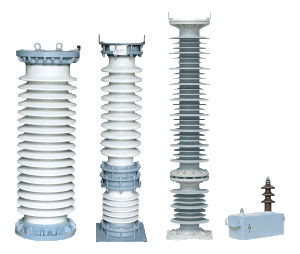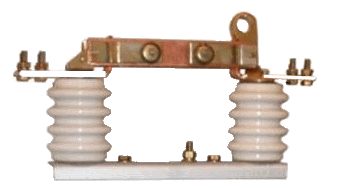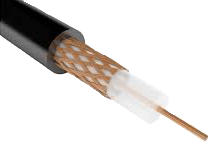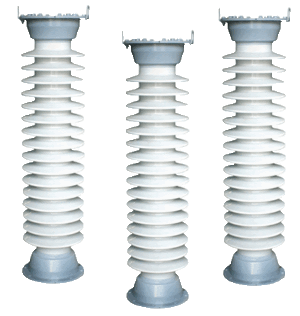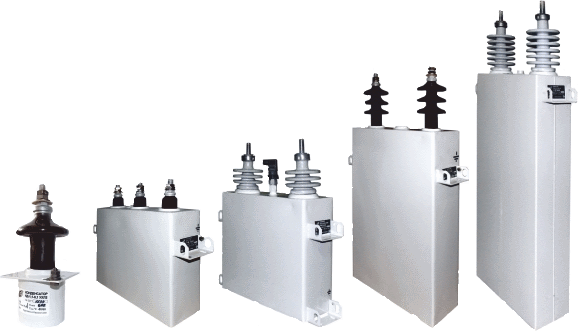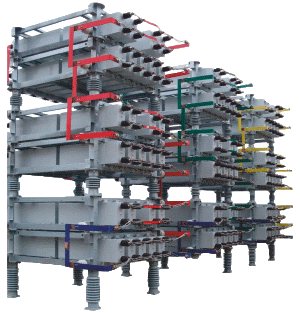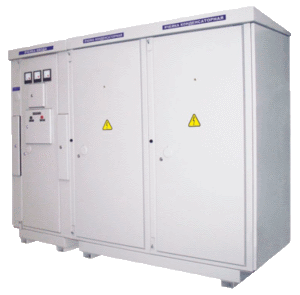
High-voltage and low-voltage capacitor banks
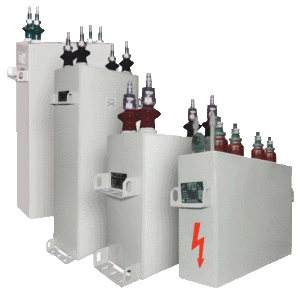
Furnace capacitors
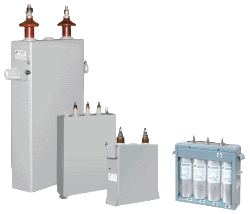
Power factor correction capacitors
Given the shortage of energy resources, the rising cost of electricity, a significant increase in the production and development of urban infrastructure and urgent problem of energy saving technologies of transportation, electricity consumption - reactive power compensation. At the enterprises of energy saving, first of all, is to effectively use. Correct operation of process plants and some industrial systems. Most of the electrical installations, along with the active power (P, kW) and consume reactive (Q, kvar) to ensure the normal operation mode. Active energy is converted into mechanical, thermal and other useful energy. Reactive power is not connected with the performance of useful work, she spent only for the creation of electromagnetic fields. Reactive power lowers the quality of electricity, which leads to an increase in electric fee to additional losses in the conductors. This is due to the increase in current, oversized transformers, cable cross-sections, the deviation from the nominal voltage. Transmission and consumption of reactive power is accompanied by a loss of active power, kW. To date, developed two methods for reactive power compensation - natural and artificial. Natural compensation is achieved through a series of mandatory measures for process optimization in the enterprise: uniform distribution of loads on the grid generated by the rationalization of working process and prevention equipment, reducing the number of transformation stages, disconnection of power transformers at a low load, etc. Artificial (transverse) reactive power compensation created by the compensating devices - condensing units, capacitive reactive energy sources.

